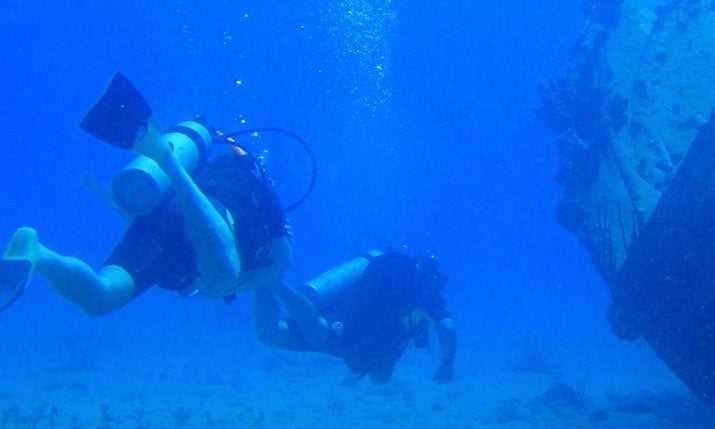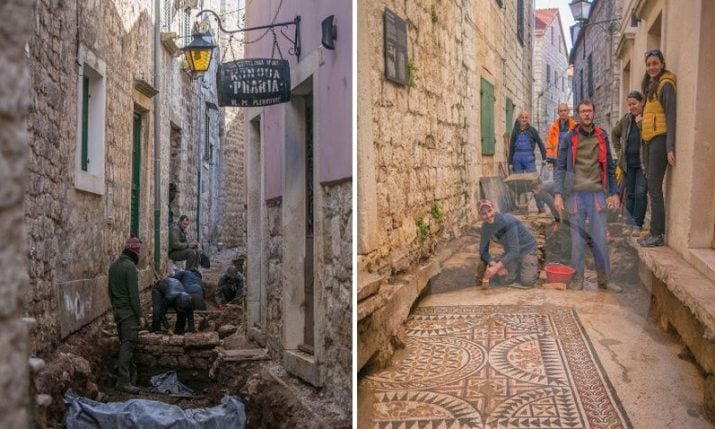Archaeologists unearth secrets in southern Croatia
- by croatiaweek
- in News
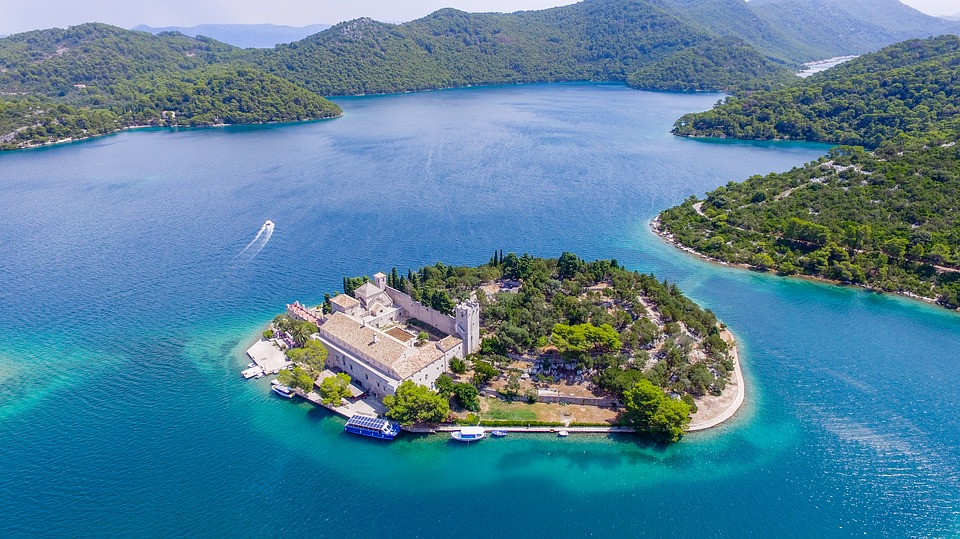
Mljet (Photo: Ivan Bagic)
Archaeologists have made another great discovery. The current findings clearly indicate that the island of Mljet in southern Croatia was an important stop on trade routes.
Over the past two weeks, archaeologists have been uncovering secrets of the sea as part of an underwater exploration in Polače on Mljet, Dnevnik.hr reported.
The area in question is located in front of a palace from the late antiquity period, similar in style to Diocletian’s Palace in Split. The site was last examined in detail about 50 years ago.
“In the 1970s, certain submerged architectural structures were located, but this is the first thorough investigation aimed at determining the construction techniques of the dock and the pier we’ve found, as well as a fish pond that was previously unknown.
We want to compare these findings with the construction techniques of the palace and determine if they belong to the same period or if there are other insights,” said Igor Miholjek, the lead researcher from the Croatian Conservation Institute.
Archaeologists from Slovakia and Germany have also joined the project, and enthusiasm is high
“We don’t have good conditions in our waters, so this is an opportunity for our students to learn more about documentation techniques and underwater archaeology,” said Miroslava Danova from Trnava University.
“We’re surprised by the amount of pottery we’ve found and the remains of the Roman Empire in this area,” said Martin Goldammer from the German Society for the Promotion of Underwater Archaeology.
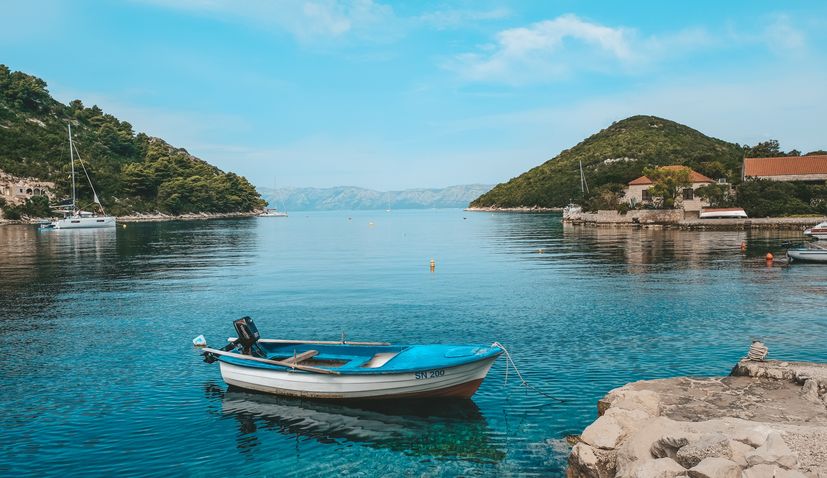
Mljet
The goal of the research, which started last year and has now continued, is to learn as much as possible about the lives of the inhabitants of Mljet from the 5th and 6th centuries.
“Most of these are discarded items that arrived by ship or trade, mostly amphorae, which are important to us because they allow us to date and determine their origin. This is proof that Mljet was on the trade route between the East and the West,” Miholjek.
All the artefacts have been carefully removed from the sea, but there is a long way to go before they are exhibited to the public, Dnevnik.hr reported.
“They will now spend six months to a year in fresh water, after which our restorers will do their work – reconstructing, consolidating, and, if possible, reconstructing entire objects. After that, we hope to present them to the public because public outreach is actually the essence of our work,” said Pavle Dugonjić, head of the Department of Underwater Archaeology.
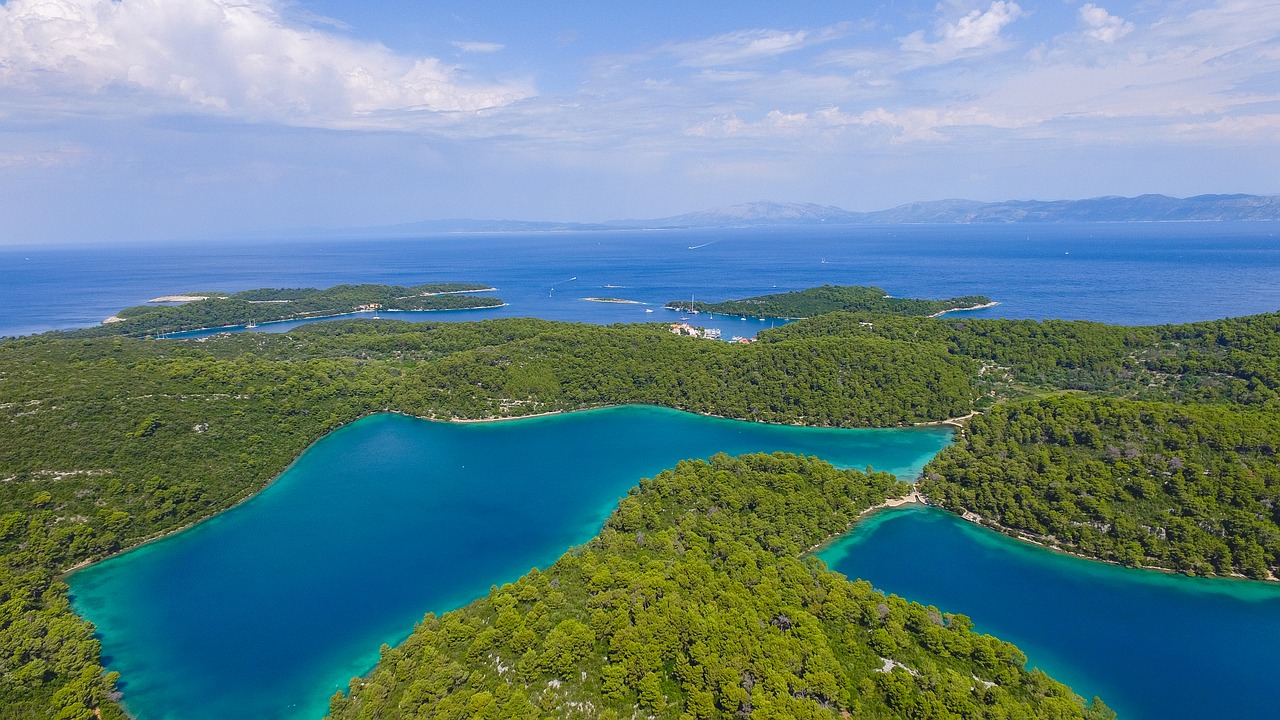
Mljet
The research will continue next year, aiming to connect what archaeologists have found so far with other, yet unexplored parts of the seabed.

